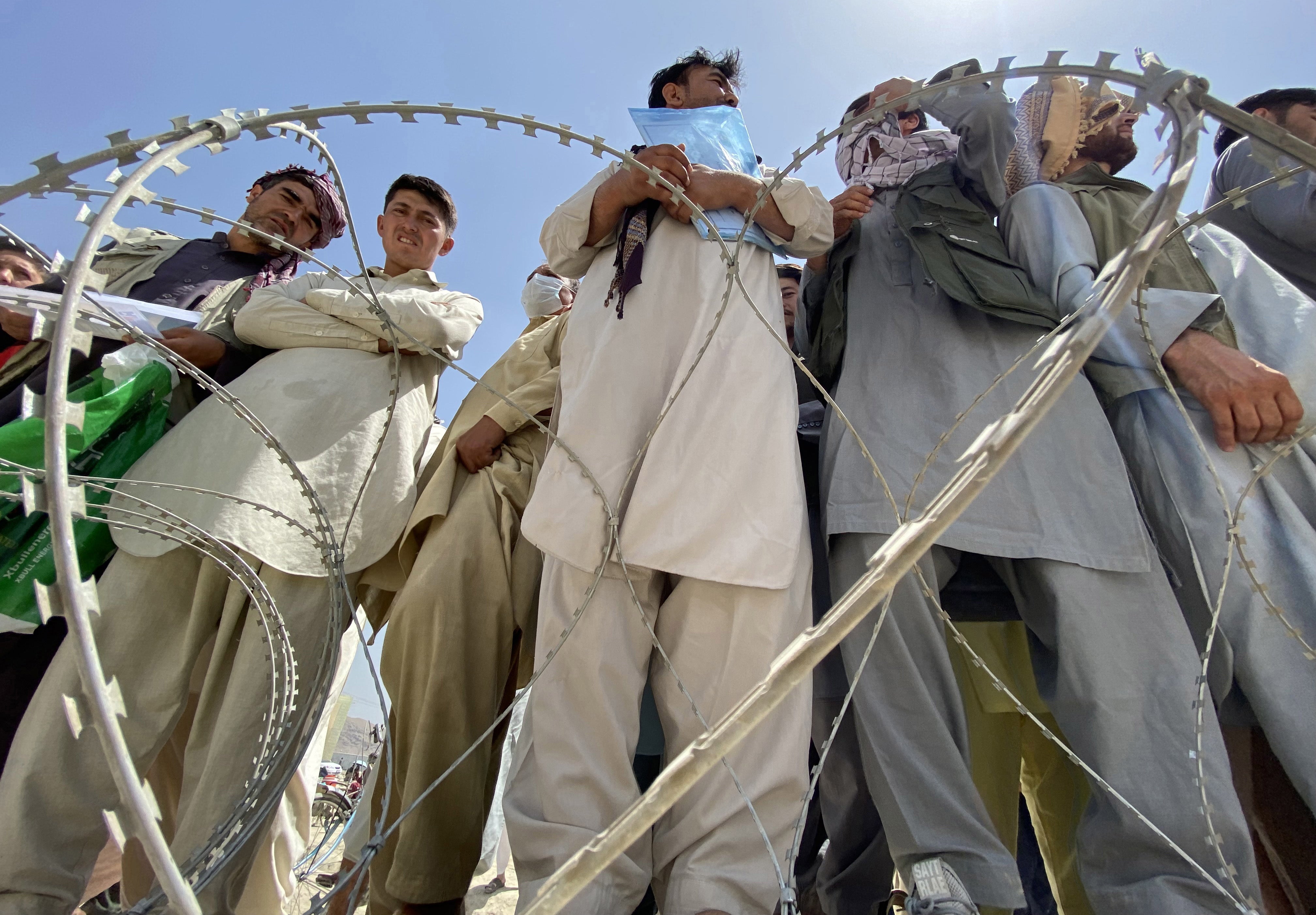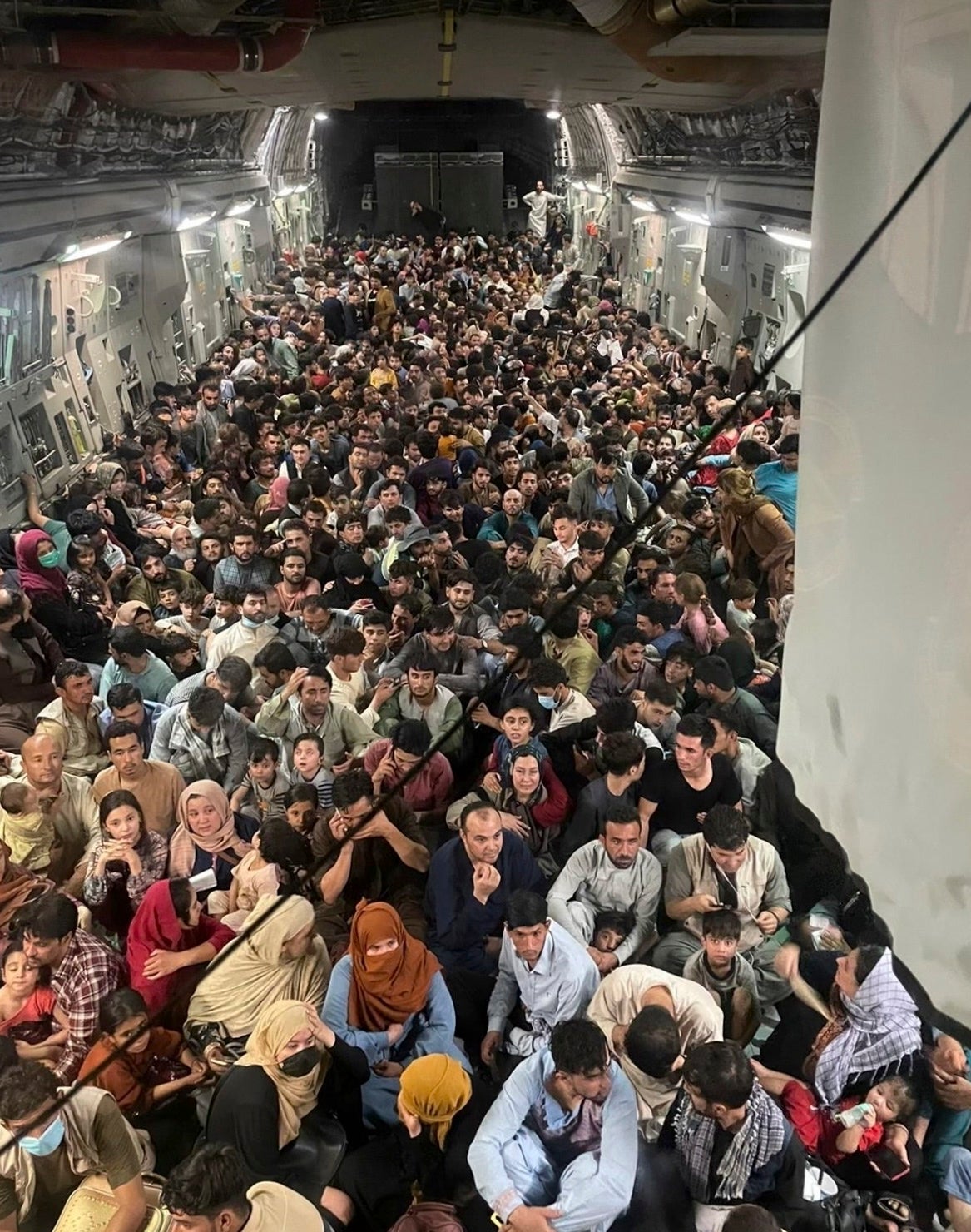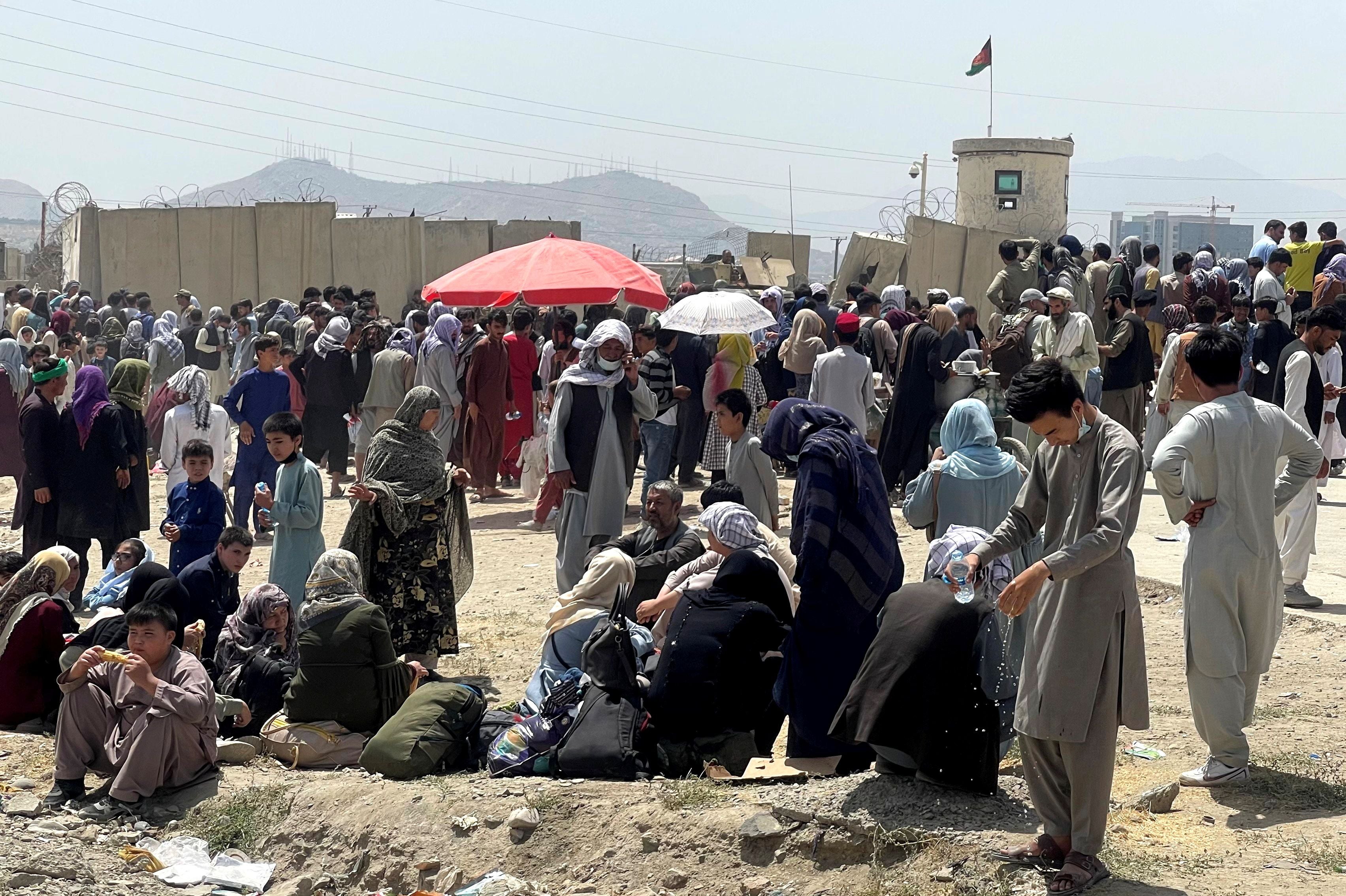‘It’s a disgrace’: Afghan interpreters stranded in Kabul face dangerous maze to escape Taliban
US allies have been stranded by the rapid military withdrawal and the instability it caused, Richard Hall writes

Your support helps us to tell the story
From reproductive rights to climate change to Big Tech, The Independent is on the ground when the story is developing. Whether it's investigating the financials of Elon Musk's pro-Trump PAC or producing our latest documentary, 'The A Word', which shines a light on the American women fighting for reproductive rights, we know how important it is to parse out the facts from the messaging.
At such a critical moment in US history, we need reporters on the ground. Your donation allows us to keep sending journalists to speak to both sides of the story.
The Independent is trusted by Americans across the entire political spectrum. And unlike many other quality news outlets, we choose not to lock Americans out of our reporting and analysis with paywalls. We believe quality journalism should be available to everyone, paid for by those who can afford it.
Your support makes all the difference.In the final months of America’s war in Afghanistan, the withdrawal of US forces moved with remarkable efficiency. Troop levels dropped speedily and quietly, often at a pace that shocked local allies. A case in point came at Bagram Airfield, once the epicentre of US operations in the country, which was evacuated by US forces in the dead of night and without notice.
At the same time, tens of thousands of Afghans who had worked with the American military, or who now faced imminent danger from the advancing Taliban for their work in other fields, were alarmed that their own escape was not moving at the same pace. They worried that they would be abandoned.
The result was worse than they could have feared. Today, those thousands are stranded in the capital Kabul, which is now controlled by the very fighters who threaten their lives. There is only one way out – through the city’s airport – but it has been thrown into chaos and confusion in the rush.
“It is just a disgrace,” said Muhammad, a former interpreter for US forces for 13 years who spent two days at the airport with his wife and five children trying to flee. “I went there at 7 in the morning and waited until 5pm. Ten hours in the sun,” he told The Independent by phone from Kabul.
Images have emerged in the last two days of Taliban fighters patrolling the perimeter of the airport and harassing people trying to escape. Gunmen have opened fire on people trying to scale the wall.
The scenes of desperation at Hamid Karzai Airport have sparked a chorus of criticism of the Biden administration’s exit strategy from America’s longest war, not just because it underestimated the Taliban’s strength, but for the danger now faced by those Afghan allies on the ground.
In June, as the withdrawal continued apace, President Biden stepped up efforts to evacuate US allies in the country, saying: “We’ve already begun the process. Those who helped us are not going to be left behind.”
But it was not quick enough. Before this weekend, only 2,000 Afghans had been flown to the US. Lawmakers and aid organisations involved in the process have been critical of the slow progress in processing the visa applications as the withdrawal deadline rapidly approached.
In May, Republican House representative Michael Waltz, a former Green Beret who worked with Afghan interpreters during his time in the country, criticised the Biden administration’s “total lack of a sense of urgency, or a plan”.
I have conducted hundreds and hundreds of missions side by side with them
JC Hendrickson, a senior director of refugee and asylum policy and advocacy at the International Rescue Committee, which is working with the US to settle the visa applicants, told The Independent: “This process certainly should have been started earlier.”
“The urgency on this side of things just doesn’t seem like it was there.”
The Taliban advance into Kabul led to the evacuation of embassy staff from the country sooner than expected. There have been reports of visa documents and passports being destroyed by evacuating staff, complicating the process even further.
Aid agencies are now calling for urgent action to evacuate at-risk Afghans from Kabul. Mr Hendrickson called for “rapidly increasing the amount of people that are put through the process and increasing flexibility of the programmes” to help more people get to safety.
The chaos began at the airport over the weekend when the Taliban entered Kabul without facing any resistance, prompting thousands to head there in an attempt to board flights out. There has since been an uneasy tension as US forces control the inside of the airport and Taliban fighters patrol outside.

In the initial rush to escape, one video showed a US air force transport plane taking off with desperate Afghans clinging to the side, only to fall to their deaths as it took off.
Muhammad, who requested that only his first name be used because of the threat posed by the Taliban, was among the crowds trying to leave. He worked with the US military for 13 years as an interpreter.
“I have conducted hundreds and hundreds of missions side by side with them,” he said. “I have gotten injured twice as well during the service – I took shrapnel the first time, and on the second time, I was blown with a command wire IED. During the service, I also have been threatened so many times and attacked by the Taliban insurgents.”
Muhammad described a chaotic and bloody scene at the airport as thousands pushed to find a way out of the country and Taliban fighters watched on menacingly.
“There was nobody to talk to. They were sitting in towers and not even talking,” he said of the US soldiers guarding the airfield.
“There are thousands of people waiting with the hope of being picked up by the US, Isaf or Nato aircraft. They have Taliban insurgents close to them, looking and identifying them. The Taliban are walking in between these people and torturing them, shooting in the air to distract and push away these people. Some of the people were climbing on the walls to get on the airfield and broke their legs and arms in the process,” he said.
Muhammad began his visa application process years ago and has taken part in several interviews and medical checks. But the last time he heard from the US regarding the application was in 2015.
When the Taliban get the girls, they make them marry their soldiers. I don’t want my sister to be forced to get married to an enemy soldier
Afghans who worked for or on behalf of US forces as interpreters are eligible for special immigrant visas, but the process has been plagued with backlogs. The Trump administration drastically reduced the number of Afghan special immigrant visas from 2017 onwards. In 2018, only 200 applications were processed, NPR reported, down from 10,000 in 2016.
In July, even before the Taliban’s push into Kabul, some 18,000 US allies and 53,000 family members were caught in the backlog, according to the Migration Policy Institute. That number is now likely significantly higher.
The evacuation effort currently underway, dubbed Operation Allies Refuge, could see as many as 50,000 Afghans airlifted from Kabul, according to the Associated Press. Some estimate the number could be double that.
The Biden administration believed they had time to process the evacuations before all US forces were due to depart in September. But the unexpected speed of the Taliban advance changed everything, prompting an evacuation of American and other foreign personnel simultaneously.
The Pentagon is now reportedly planning to evacuate potentially tens of thousands of Afghans to the US for visa processing, a reversal of its earlier policy of processing them abroad.

Pentagon spokesperson John Kirby said on Tuesday that between 5,000 and 10,000 US citizens were believed to remain in the Kabul area and that US military bases were prepared to receive up to 22,000 Afghan allies in the coming days and weeks. He added that the US was working towards the evacuation of between 5,000 and 9,000 people a day from Kabul. On Wednesday, Mark Milley, the chair of the US joint chiefs of staff, said the operation is likely to be the second-largest civilian evacuation mission ever conducted by the US.
Back in the US, family members of those trapped are working day and night to find a way to rescue their loved ones. A man named Rocky, who gave only his nickname to avoid identification, was an interpreter for the US armed forces for many years. One day, a video of him working alongside the soldiers was posted online, and he began to receive threats to his life. After a years-long process, he was granted a special immigrant visa and currently lives in the US, but many of his family members are still trapped – among them his brothers, sisters and parents.
“Outside of the airport is Taliban; inside is US soldiers. The US army won’t let them come in, and the Taliban is outside. It’s very tough for them,” he told The Independent.
Rocky said he has been in constant contact with his family as they try to flee.
“There is no safe place except Kabul airport. When [the Taliban] get the girls, they make them marry their soldiers. I don’t want my sister to be forced to get married to an enemy soldier,” he said.
“I just want them to be safe,” he said. “I don’t need them to come to the US. My only wish is that they be safe. If they get into the airport and there is a flight for them, then they are going to be safe. Otherwise, the way it’s going, I’m sure I’m going to lose a lot of my family.”

Join our commenting forum
Join thought-provoking conversations, follow other Independent readers and see their replies
Comments